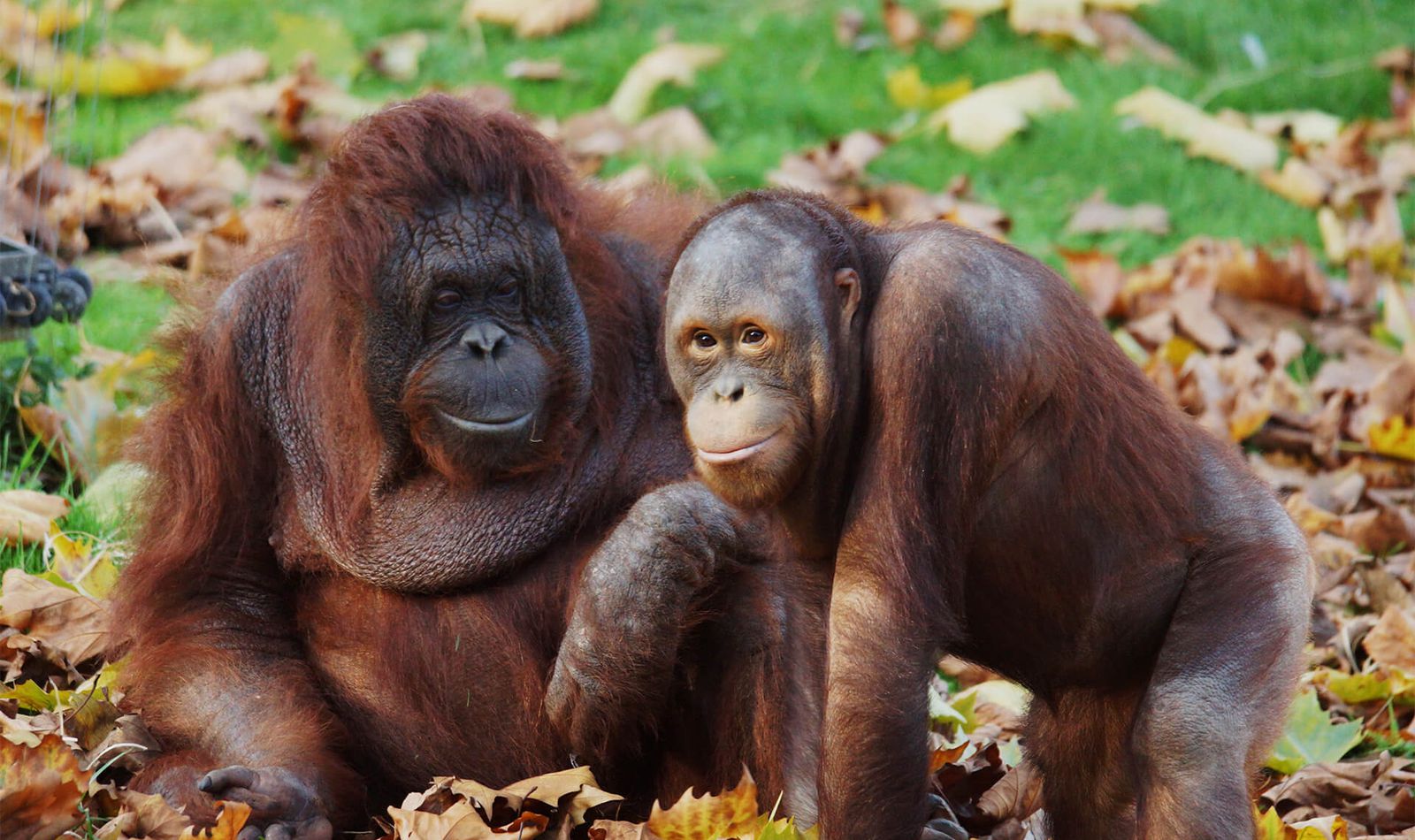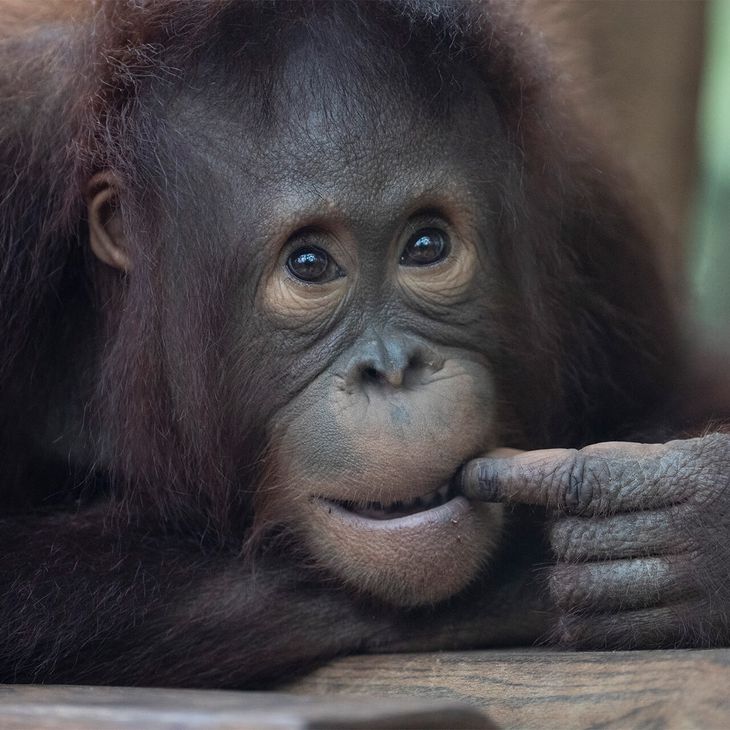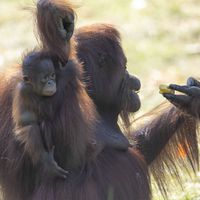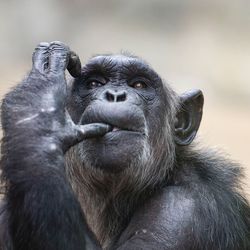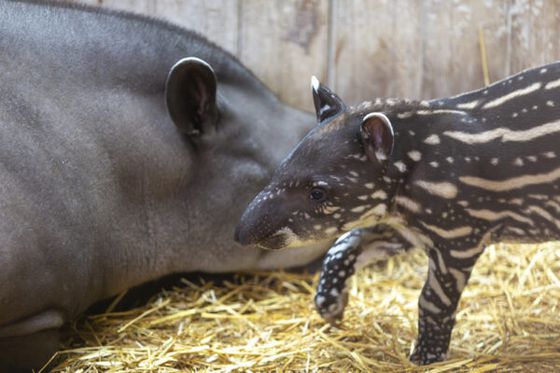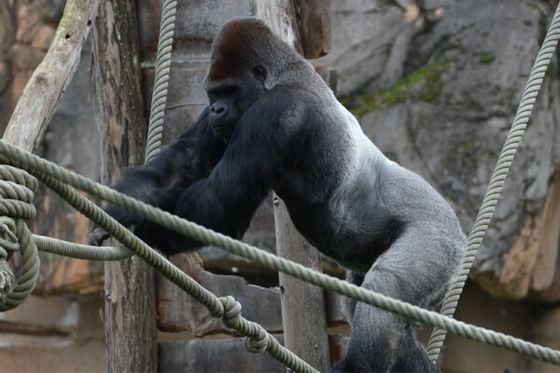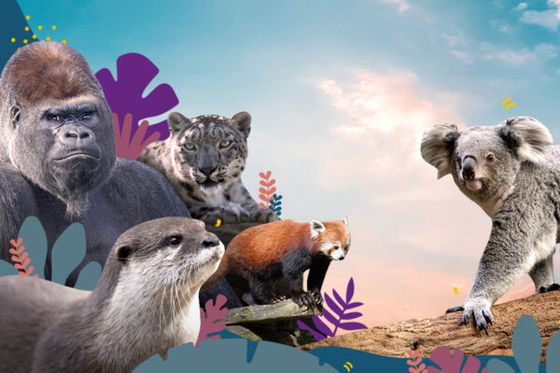« This peaceful and solitary animal knows how to keep a low profile despite its large size. »
A great ape that is the king of brachiation
The largest arboreal mammal
The orangutan is the largest arboreal mammal in the world. It moves from branch to branch by brachiation, though it will not hesitate to travel long distances on the ground if necessary. Its long arms reach all the way down to its ankles and allow it to easily move through the Malaysian and Indonesian tropical forest. This peaceful and solitary animal knows how to keep a low profile despite its large size.
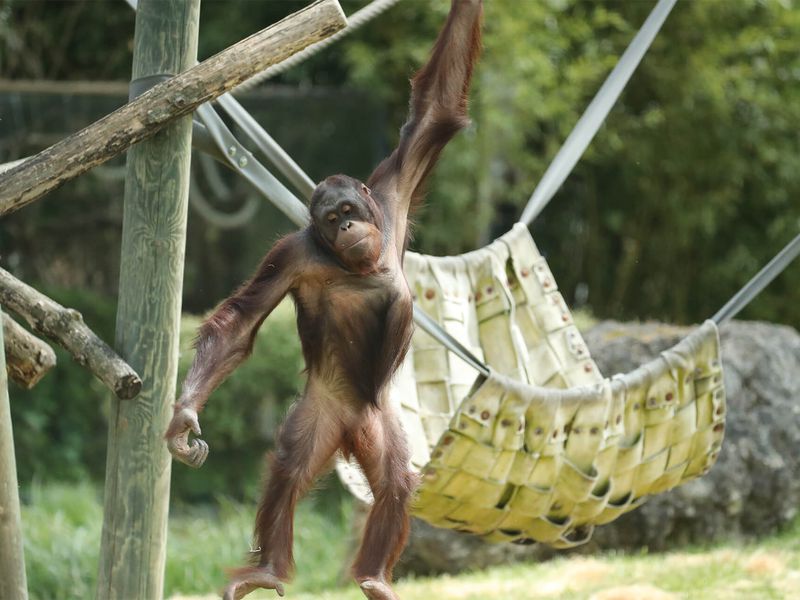
Did you know?
Beauval Nature reports… from Borneo
Save orangutan
Beauval Nature supports the Hutan association which works to preserve Borneo’s animals, including orangutans. Enjoy an inspiring encounter with Marc Ancrenaz, the man behind this conservation programme.
A completely devastated ecosystem
The orangutan is extremely threatened in its natural habitat (the tropical forests of Indonesia) and is suffering a massive decline. The cause of this decline is the destruction of the forest for timber exploitation and to make way for palm oil trees. The French Hutan association has been working in the field for more than 20 years to study the behaviour of orangutans and their adaptation to new living environments. In doing so, the association is attempting to find ways to prevent the massacre of biodiversity.
This programme placed 2nd in the “Conservation” category of the Sponsors and Patrons Award in the 2019 Beauval Nature awards.
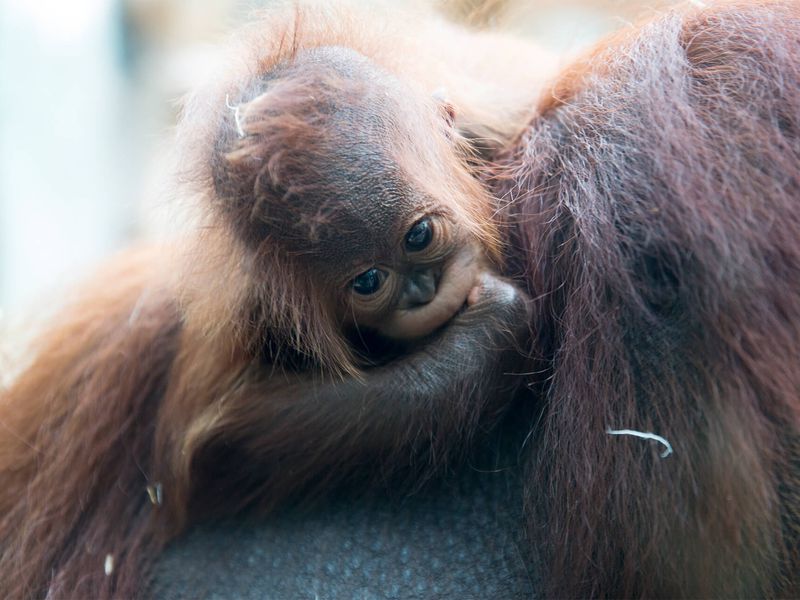
Exciting News for the Orangutans!
The orangutan group at Beauval is now available for sponsorship! By sponsoring this group of Great Apes, you “adopt” five protégés at once: Tigu, Manis, Sabah, Nuninka, and little Raja, born in August 2023!
Sponsoring the orangutans means contributing to the conservation of species that are critically endangered in the wild. In Borneo, the HUTAN association has been working for over 30 years to protect this species by restoring forests and creating biodiversity corridors.
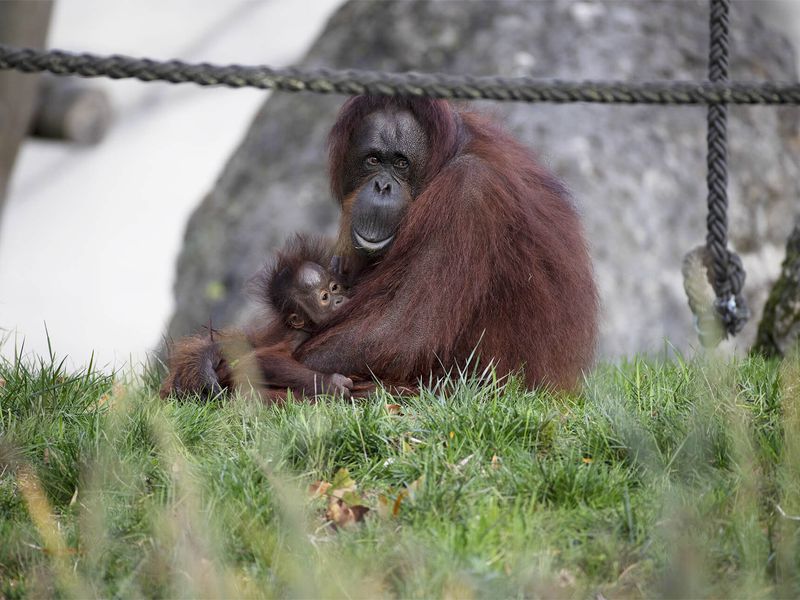
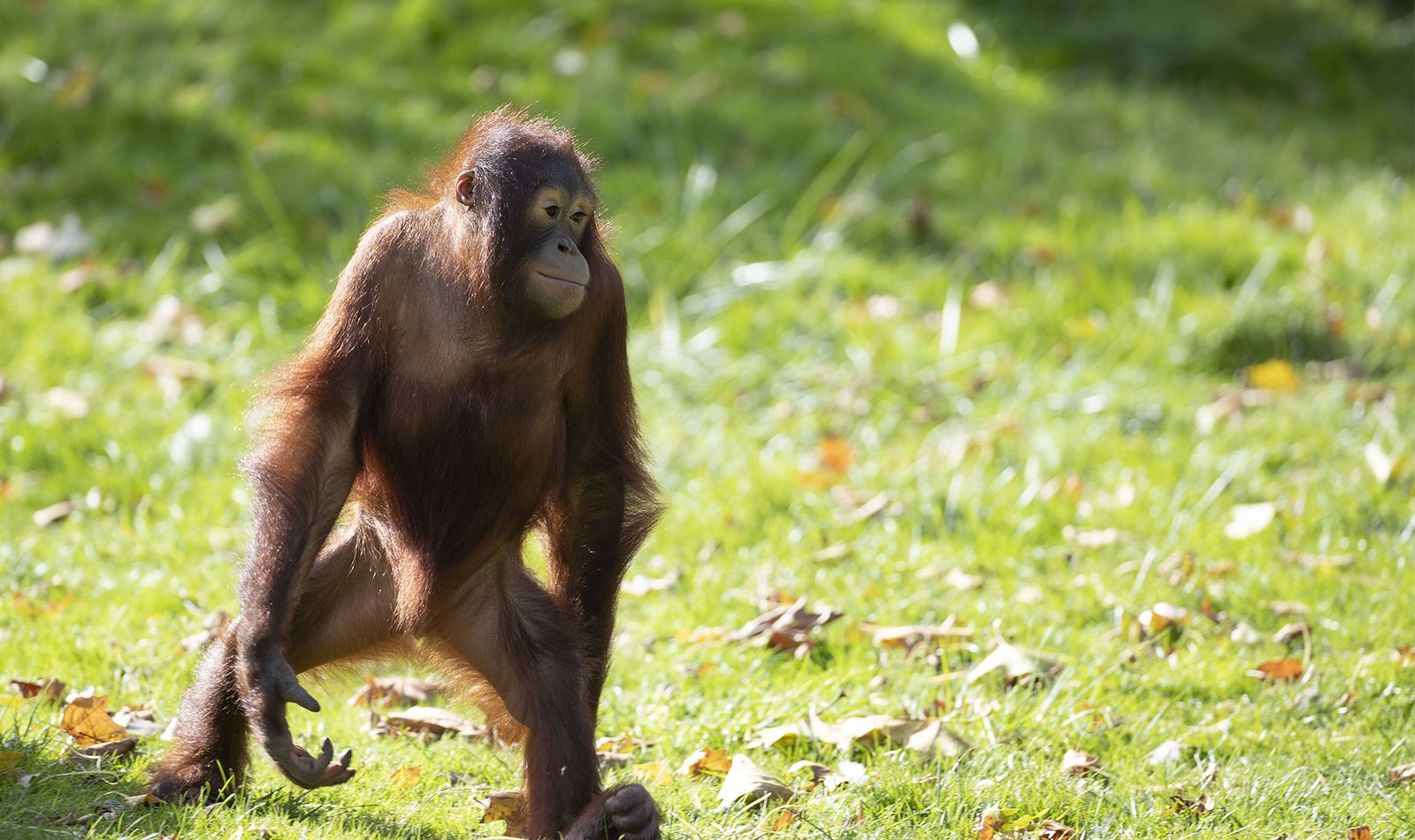

Sponsor Beauval’s animals
Establish a strong bond with your favourite animal whilst supporting conservation programmes through the Beauval Nature association!
Critically endangered
Learn more about the species
-
OmnivoreDiet
-
7½ to 9 monthsGestation period
-
1 to 2 youngLitter size
-
Tropical forestsHabitat
Omnivore with frugivore tendencies
Reproduction
The legend of the man of the forest

Take full advantage of the experience thanks to our mobile application!
Find out more
